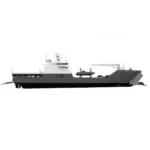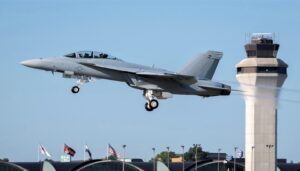
Current and looming capital needs require the Coast Guard to have annual procurement budgets of at least $3 billion annually and up to $4 billion, the service’s commandant said on Thursday. Overall, the Coast Guard needs a $20 billion budget by 2030 to meet the demands being placed on the service, Adm. Linda Fagan told the House Transportation and Infrastructure Committee’s panel that oversees the Coast Guard. The fiscal year 2025 request for the Coast Guard is $13.8 billion. “We…

 By
By 











